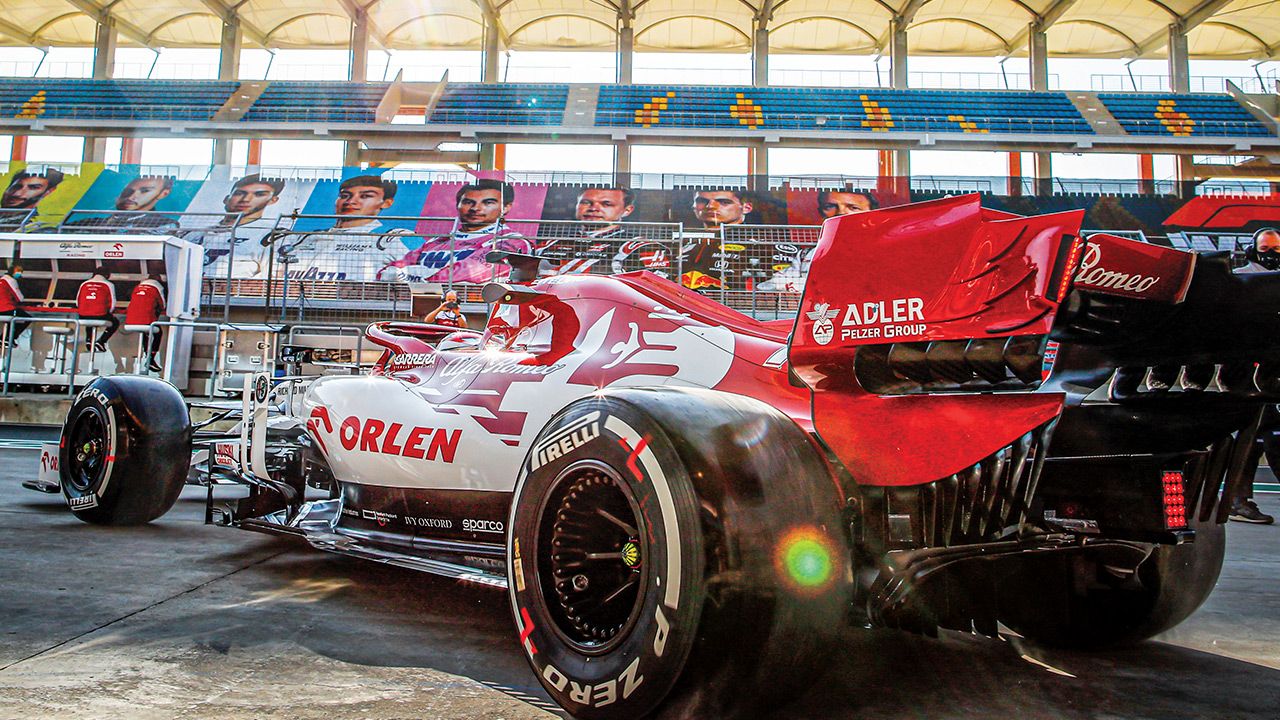
Should F1 get onto the streaming video bandwagon? Joe thinks it should.
While the F1 media may be frustrated in its dealings with Liberty Media this year – since we’re locked out of the paddock, while TV and F1’s own media platforms are given unfettered access – one cannot help but be impressed by the company.
The next year is not going to be easy for F1, with a huge hole in its revenues as a result of the races that didn’t happen in 2020. But, despite this, the sport will end the year having completed 17 Grands Prix, something that was unthinkable back in April and May. The firm has reduced the debt that Formula 1 had, and has done a remarkable job getting everyone to agree to the terms of a new commercial agreement that will govern the sport for the years ahead. This has meant that the share price is in not too bad a state, despite the challenges. The basics are now in place for the future, and Liberty Media is looking beyond the short term.
The company has always been something of a chameleon, changing its appearance in the course of its life – growing businesses and then spinning them off or selling them on and moving to new challenges. These businesses have included movie and TV production, cable television networks and more recently sports properties and other entertainment firms. The current portfolio consists of three divisions: the Atlanta Braves baseball team, the satellite and online radio networks belonging to SiriusXM, and Formula 1. In addition, the firm has smaller interests in other private equity firms, event promotion and venue operations, finance technology, drone racing, traffic data and online music streaming.
Liberty juggles all these activities, keeping its share price as strong as possible and trying to build value into its different businesses, using one to support another when required.
It’s fascinating to see that, in recent days, it has formed a new Liberty Media Acquisition Corporation, with the aim of raising up to $575 million from an initial public offering to give it the funds required to go in search of a new target in ‘the media, digital media, music, entertainment, communications, telecommunications or technology industry.’
At the moment, it’s not clear whether Liberty has a specific target in mind for the new firm, of which it’ll hold 20% share and will then buy another $250 million in future stock when the new business is merged into the Formula One Group.
Does this have any implications for F1, or is it just moving things around so as not to have too many eggs in the same basket? We’ll have to wait and see, but one can speculate that it might be a good idea to buy a company that is able to provide F1 with a better O.T.T. streaming media service for its content, thus going direct to consumers and bypassing cable, satellite and broadcast television platforms. Integrating such a business into the F1 Group would add value to the firm and also to F1. It would involve juggling the existing TV companies to make sure that they are happy with the deals they have, but when it’s better for the fans (in this case by taking out the middle men) and better for the sport (by dealing directly with the consumer), one can see the value of such a move.
It is certainly a booming industry. The value of O.T.T. in 2020 is reckoned to be about $68 billion a year, and the expectation is that this will rise to $159 billion by 2024, as consumers all over the world change the way that they interact with media and change how they consume sport and entertainment.
There are a large number of companies in that industry, which are trying to grow this market and that presents an opportunity for a business like Liberty Media. Buying in expertise to move F1 forward and then using the same firm to roll out other services for clients makes a lot of sense.
This is pure speculation, but one can see the value that such a deal could bring both to the target company and to the existing portfolio.
Adding value to the sport by traditional means is not going to be easy in the short term, until races can happen again with the grandstands packed with spectators. But F1 has three major revenue streams, and if one has trouble boosting the revenues from race promotion contracts (adding new races to the calendar is one way to do it), there is still the possibility of pushing up broadcasting revenues. And if one can do that, then one can also push up advertising and sponsorship revenues.
Times may be hard, but F1 has always been an inventive sport. This is one of the aspects of the sport that keeps long-time fans fascinated.
Joe Saward has been covering Formula 1 full-time for over 30 years. He has not missed a race since 1988.
Also read - The new financial regulations will make F1 more sustainable


















Write your Comment